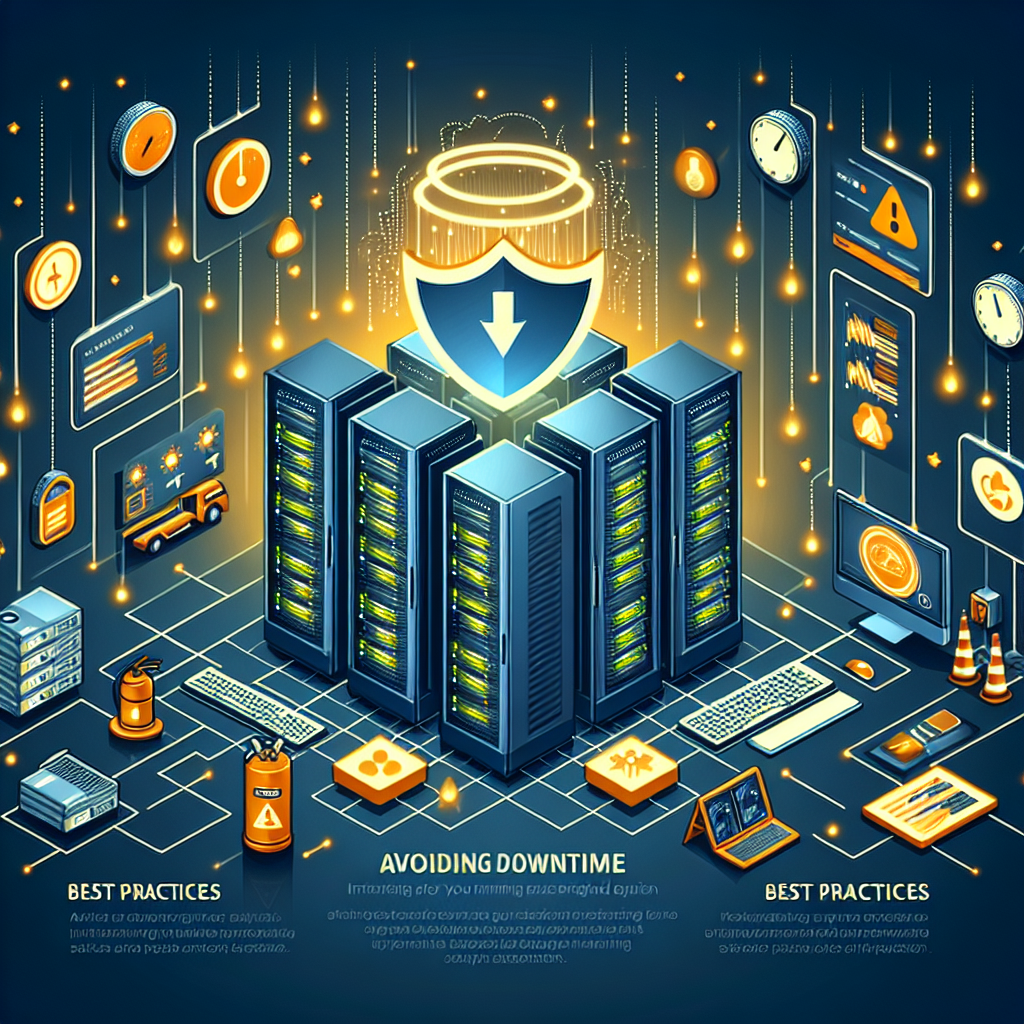Data center downtime can be a costly and disruptive event for any organization. Not only does it impact the ability to conduct business, but it can also result in lost revenue, damaged reputation, and potential legal liabilities. In order to prevent data center downtime, it is essential for organizations to implement best practices for mitigating risk.
One of the key best practices for preventing data center downtime is to conduct regular maintenance and monitoring of all critical systems. This includes performing routine checks on power supplies, cooling systems, and networking equipment to ensure that everything is functioning properly. By identifying and addressing potential issues before they escalate into major problems, organizations can significantly reduce the risk of downtime.
Another important best practice is to implement redundancy and failover mechanisms. This involves creating backups for critical systems and applications, as well as setting up failover systems that can automatically take over in the event of a failure. By having redundancy in place, organizations can ensure that their data center remains operational even if one component fails.
It is also crucial for organizations to have a comprehensive disaster recovery plan in place. This plan should outline the steps to be taken in the event of a data center outage, including how to quickly restore operations and minimize the impact on the business. Regularly testing the disaster recovery plan is also important to ensure that it is effective and up to date.
In addition, organizations should invest in high-quality infrastructure and equipment for their data centers. This includes purchasing reliable servers, power supplies, cooling systems, and networking equipment that are designed to withstand the demands of a data center environment. By investing in quality equipment, organizations can reduce the risk of hardware failures that can lead to downtime.
Finally, it is essential for organizations to prioritize security measures to protect their data centers from cyber threats. This includes implementing firewalls, intrusion detection systems, and access controls to prevent unauthorized access to critical systems. Regularly updating software and implementing strong password policies are also important for maintaining the security of the data center.
In conclusion, preventing data center downtime requires a proactive approach that involves regular maintenance, implementing redundancy and failover mechanisms, having a comprehensive disaster recovery plan, investing in quality infrastructure, and prioritizing security measures. By following these best practices, organizations can minimize the risk of downtime and ensure that their data center remains operational and secure.


Leave a Reply